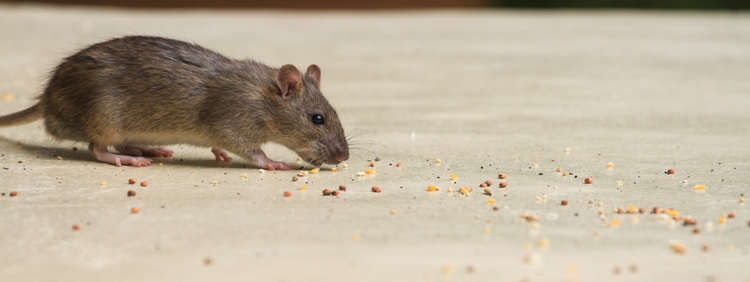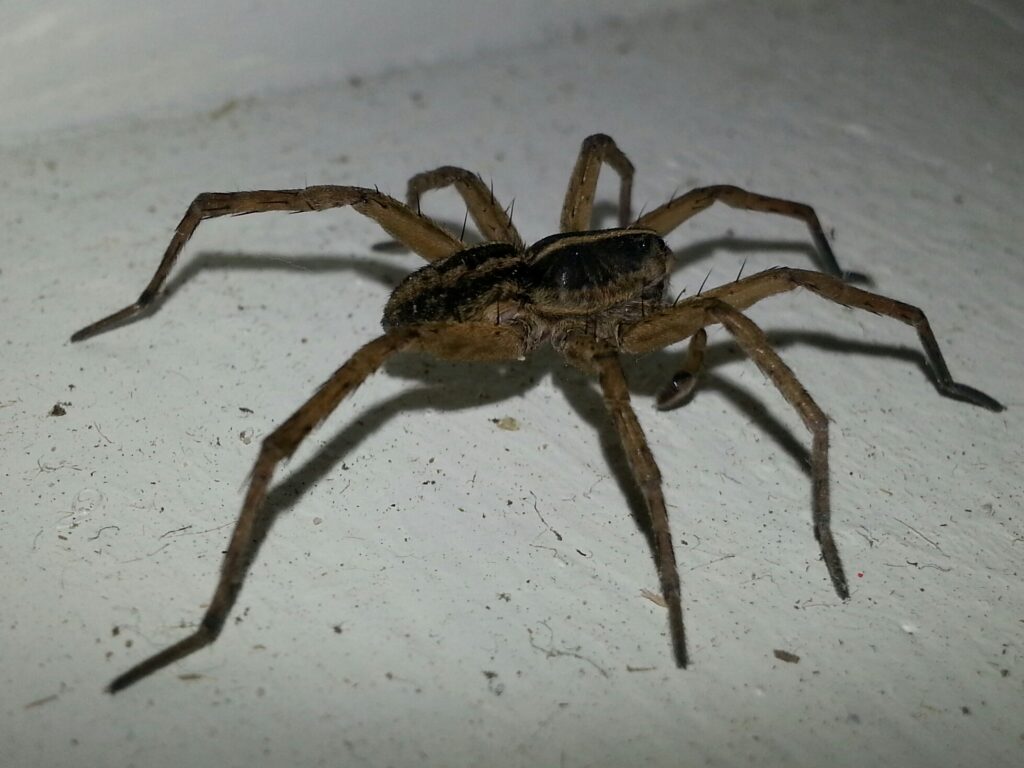 In theory, ultrasonic rodent repellents sound like a brilliant way to achieve mice control in Niagara. They are purported to prevent mice infestation by making the home an inhospitable environment for rodents without physically harming them. Unfortunately, like most things that sound too good to be true, ultrasonic rodent repellents do not live up to the promises made by their manufacturers. Here is the theory behind the devices and the reality of their limited effectiveness.
In theory, ultrasonic rodent repellents sound like a brilliant way to achieve mice control in Niagara. They are purported to prevent mice infestation by making the home an inhospitable environment for rodents without physically harming them. Unfortunately, like most things that sound too good to be true, ultrasonic rodent repellents do not live up to the promises made by their manufacturers. Here is the theory behind the devices and the reality of their limited effectiveness.
What Are Ultrasonic Rodent Repellents?
An ultrasonic rodent repellent is an electronic device equipped with speakers that emits sounds at high frequencies that people cannot hear but mice can. The frequency of a sound is measured in units called Hertz. The upper limit of a human's hearing range is 23,000 Hertz. For dogs and cats, it is 45,000 Hertz and 64,000 Hertz, respectively. The upper limit of a mouse's hearing range is 91,000 Hertz. The theory is that the device emits sounds somewhere in the 64,000 to 91,000-Hertz range: Too high for humans and pets to hear but high enough to be annoying to rodents. Ideally, the sounds would drive the rodents away from your Niagara home, and your mouse problems would be over.What Are the Limitations of the Ultrasonic Devices?
In the first place, the devices are not able to transmit the sounds throughout the entire house. Their range is only about 10 to 20 feet from the device. Therefore, you may see some effect if you were to place the device where you have already seen signs of mice, such as mouse tracks or droppings. However, instead of leaving the house completely, they may retreat to a safe distance elsewhere in the house where the noise is not as bothersome. As a result, they may end up in an even deeper recess of your home where they are harder to remove. When you first install an ultrasonic device in your home, it may show some initial effectiveness. However, mice are highly adaptable animals. Eventually, they may become accustomed to the noises that were once so annoying to them. As long as your house continues to provide them with adequate shelter and access to food and water, they are highly motivated to stay and try to make it work.What Can You Do To Prevent an Infestation?
Ultrasonic rodent repellents are not effective at either resolving a current mice infestation or preventing a new one. However, there are things you can do to keep mice out of your home in Niagara. The most effective way to do this is to seal off potential entry points so that the mice cannot get inside. Structural issues can cause holes or gaps in your home's exterior that allow mice to get inside. Mice can compress their bodies to squeeze into tiny openings. Here are some tips to help prevent an infestation.- Mice like to hide in areas that provide cover for them, such as a woodpile. Prevent mice from getting into your home by storing firewood far from the house and keeping your yard uncluttered.
- Check your home's exterior for holes. This includes holes that are supposed to be there, such as openings where pipes or cables enter your home. You can temporarily close these up with caulk or steel wool to prevent mice from getting in while you seek out a more permanent solution.
- Use mesh to cover vents without impeding circulation.
- Prevent mice from crawling under the door with a door sweep.

